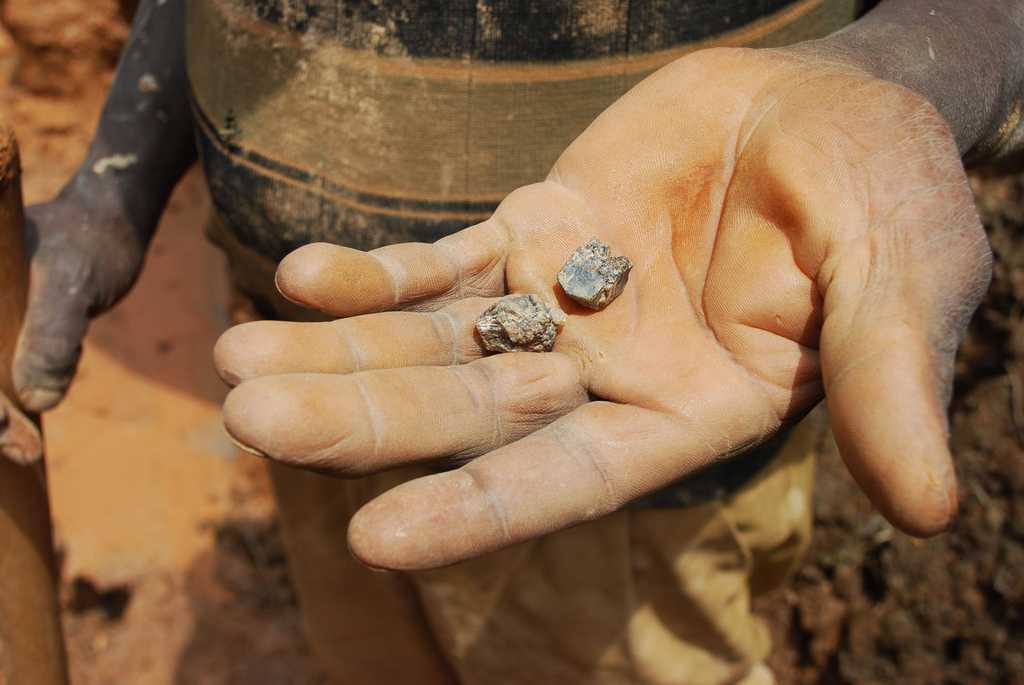The diamond industry has long been associated with concerns over conflict diamonds, which are mined in war zones and sold to finance armed conflict. To address this issue, the Kimberley Process was established as an international certification scheme to prevent the trade of conflict diamonds. Meanwhile, the emergence of lab-grown diamonds has offered a conflict-free and sustainable alternative to mined diamonds. Understanding what is the Kimberley Process and its connection to lab-grown diamonds is crucial for consumers looking to make ethical jewelry choices.
Table of Contents
What is the Kimberley Process?
To answer the question, “What is the Kimberley Process?” it is essential to understand its origins. The Kimberley Process was established in 2003 by the United Nations, governments, and the diamond industry to eliminate conflict lab grown diamonds from the global supply chain. The certification ensures that rough diamonds are sourced through legitimate channels and do not contribute to human rights violations. By enforcing strict regulations on the diamond trade, the Kimberley Process aims to prevent illegal activities that fuel violence.
How Does the Kimberley Process Work?
When discussing what is the Kimberley Process, it is important to highlight how it operates. The Kimberley Process Certification Scheme (KPCS) requires participating countries to meet stringent requirements before exporting or importing rough diamonds. Each shipment must be accompanied by a government-issued certificate verifying its legitimacy. This certification process ensures that conflict diamonds do not enter the legal market, thus reducing their impact on global conflicts.
Limitations of the Kimberley Process
Despite its noble intentions, the Kimberley Process has faced criticism over its effectiveness. One key issue when evaluating what is the Kimberley Process is its inability to address human rights abuses in diamond mining. Some critics argue that the process does not cover diamonds mined under exploitative conditions, such as child labor and environmental degradation. Furthermore, enforcement challenges allow some conflict diamonds to slip through loopholes, raising concerns about the reliability of the system.
Lab-Grown Diamonds as an Ethical Alternative
Given the limitations of what is the Kimberley Process, many consumers are turning to lab-grown diamonds as a more ethical choice. Lab-grown diamonds are created in controlled environments using advanced technological processes, eliminating the need for mining. Unlike natural diamonds, which require extensive extraction and can contribute to environmental damage, lab-grown diamonds offer a sustainable alternative that does not rely on the Kimberley Process for certification.
Environmental Benefits of Lab-Grown Diamonds
Another reason why lab-grown diamonds are gaining popularity is their minimal environmental impact. Unlike traditional mining, which causes deforestation and habitat destruction, lab-grown diamonds are produced with significantly lower carbon emissions. This distinction is crucial for those concerned about sustainability and who seek an option that bypasses the concerns associated with what is the Kimberley Process.
Cost and Quality Comparison
When evaluating lab-grown diamonds, consumers often wonder about their quality compared to natural diamonds. The reality is that lab-grown diamonds possess the same physical, chemical, and optical properties as mined diamonds. Moreover, lab-grown diamonds are typically more affordable, making them an attractive option for buyers seeking high-quality gemstones without the ethical dilemmas associated with what is the Kimberley Process.
Consumer Awareness and Ethical Choices
With growing awareness of what is the Kimberley Process and its shortcomings, more consumers are making informed choices about their diamond purchases. Jewelers now offer transparency regarding their sourcing practices, and many retailers support lab-grown diamonds as a responsible alternative. This shift in consumer behavior underscores the importance of ethical considerations in the jewelry industry and encourages greater accountability.
The Future of Diamond Certification and Ethics
As the demand for ethical diamonds grows, the future of what is the Kimberley Process remains uncertain. Some industry experts advocate for stricter regulations and broader definitions of conflict diamonds to address ongoing issues. Meanwhile, lab-grown diamonds continue to gain acceptance as a viable alternative, potentially reshaping the market and reducing reliance on traditional mining practices.
Conclusion
Understanding what is the Kimberley Process is essential for anyone interested in ethical diamond sourcing. While the Kimberley Process has played a significant role in reducing the trade of conflict diamonds, its limitations highlight the need for alternative solutions. Lab-grown diamonds offer a sustainable, ethical, and cost-effective choice for consumers who wish to avoid the ethical concerns associated with mined diamonds. As awareness grows, the diamond industry is likely to continue evolving, with lab-grown diamonds playing an increasingly important role in shaping a more responsible future.




